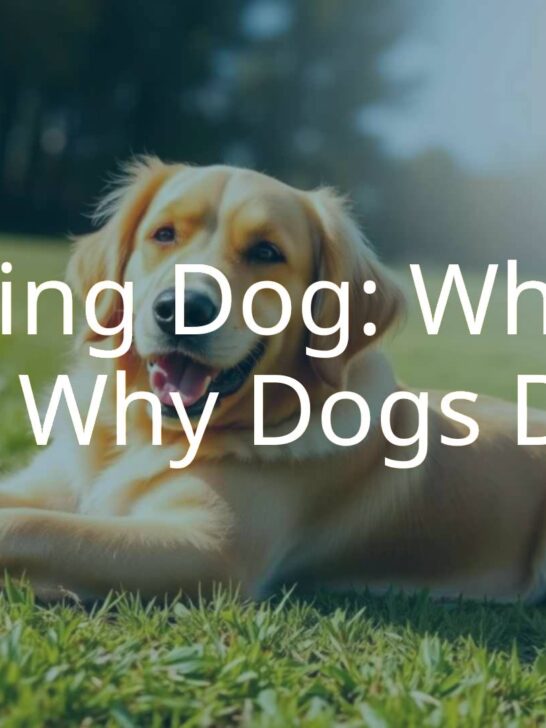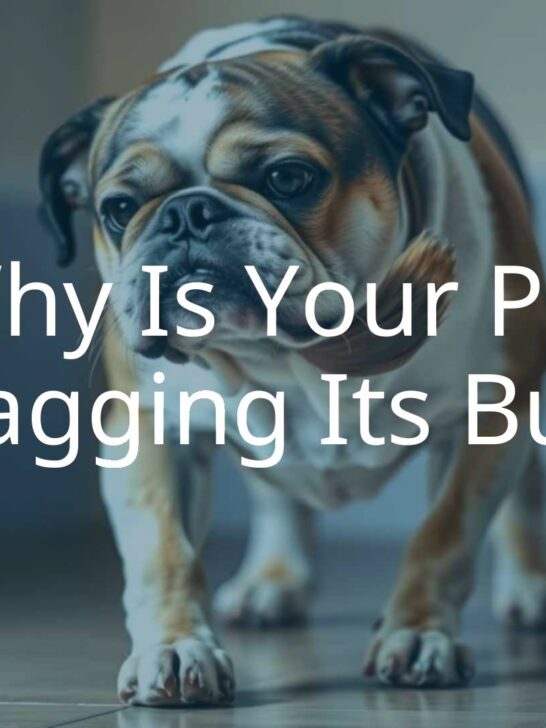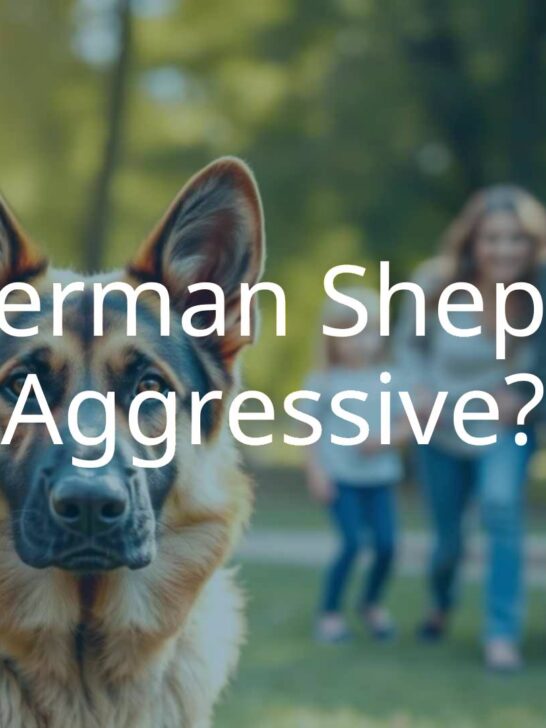Can A German Shepherd Kill A Human? How To Protect Yourself From A Rogue German Shepherd
It’s not the size of the dog in the fight, it’s the size of the fight in the dog – Mark Twain
Valued the world over by the military and the police for their intelligence, loyalty, obedience, and unfaltering devotion to their families and handlers, the German Shepherd has a formidable reputation as a go-to working dog for all seasons.
Unfortunately, being the epitome of a service dog, while having its perks, also has inherent disadvantages, namely the popular misconception that German Shepherds are aggressive and violent, should be avoided if you have small children and don’t make good family pets.
This erroneous idea isn’t helped by the fact that German Shepherds are strong, intimidating dogs who cast a large, foreboding shadow and are known to be tough and have a single-minded clarity of purpose.
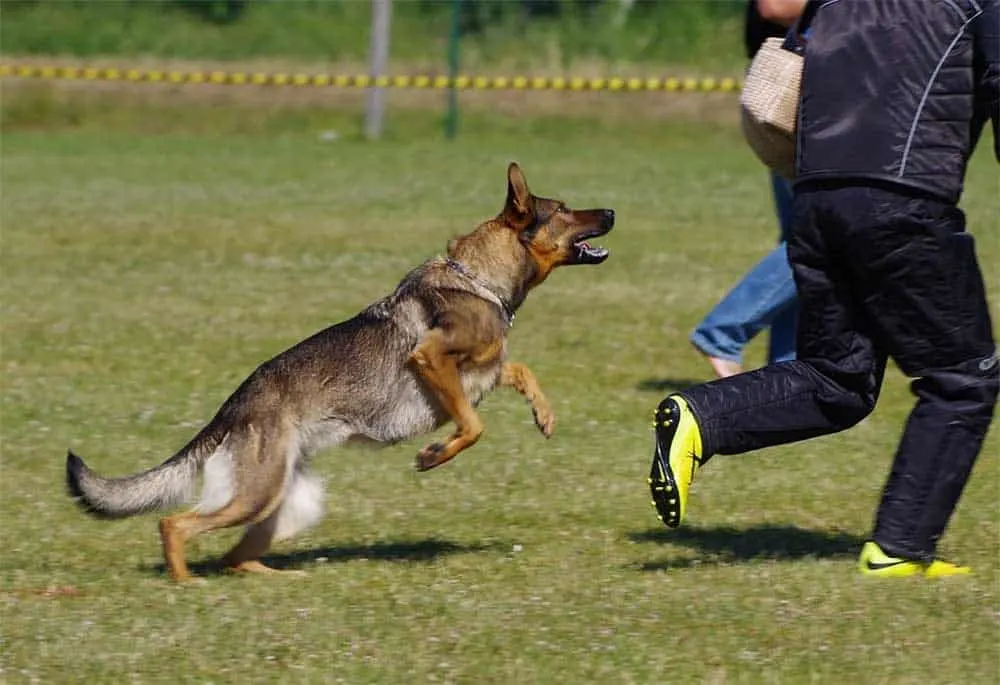
While these factors make them ideal for security and surveillance work, they also contribute to the ill-founded and largely nonsensical idea that the German Shepherd is a fearsome hound that’s best avoided as a domestic pet.
The truth about the breed is far more heartwarming than the fiction, as they are affectionate, clever dogs who adore spending time with their family, and would do anything for them.
However, while their temperament plays a large part in the way they interact with humans and other dogs, it doesn’t change the crucial and omnipresent question that lurks unabated in the mind of anyone who isn’t familiar with the breed.
And that is “Can a German Shepherd kill me, and is it a dangerous dog?”
It is, by and large, a disingenuous question, as any dog, regardless of its size or strength could kill you or anyone else. So can a German Shepherd kill you?
Of course, they can, but just like any other dog, they’re incredibly unlikely to do so and you’re more likely to be struck by lightning than you are to be attacked by a German Shepherd.
The breed’s deep-rooted instinct is to protect and not attack, which is one of the facets that make them such a treasured, prized family member by those who have opened their homes to them.
That doesn’t mean that they can’t be aggressive and won’t attack though, and we’re going to examine some of the factors that might make an otherwise docile and friendly breed prone to belligerence and violence, and what you can do to avoid being attacked if you do encounter a rogue Shepherd Shepherd.
It’s time to take a closer look at the reasons why a German Shepherd might turn to the dark side and choose anger and fear rather than affection and love.
Can A German Shepherd Kill A Human?
Let’s get straight to the point. They’re big, powerful dogs and under the “right” (wrong would be far more appropriate) set of circumstances, a German Shepherd could easily kill someone.
The average bite from a Shepherd is delivered with two hundred and thirty pounds per foot of force, which makes it slightly less powerful than that of a Rottweiler, but three times more powerful than the bite of another human.
It’s a lot of power packed into a relatively small area, which means that if a German Shepherd does decide to use its teeth it can clamp down hard, won’t let go, and will tear through flesh and bone alike.
It’s a scary thought, isn’t it?
And it’s another reason why police forces all over the world use German Shepherds – if an officer needs to be protected and a criminal needs to be subdued as quickly and efficiently as possible, there’s no better way to do it than with a German Shepherd.
However, we feel like we do need to reiterate the point that just because they could kill someone, it doesn’t mean that they will, or would ever be interested in doing so.
In fact, the German Shepherd is ranked as the twenty-fourth most dangerous dog in the world, which means that you’re more likely to be attacked by a Great Dane than a German Shepherd.
To put that in a cultural perspective, Scooby-Doo is a more dangerous dog than the canine sitting in the back of a police cruiser.
Having said that, if you’re attacked by a Chihuahua and a German Shepherd, then the dog that’s likely to be listed on your death certificate as the cause of your demise in that scenario would be the bigger, more powerful dog.
It might not be important in every real-world situation, but as far as the amount of physical damage and injury that a dog can inflict in any confrontation is concerned, size really does matter.
This means a German Shepherd could kill a human, but the chances of one ever wanting to do so, are so small and remote that it is incredibly unlikely to ever happen.
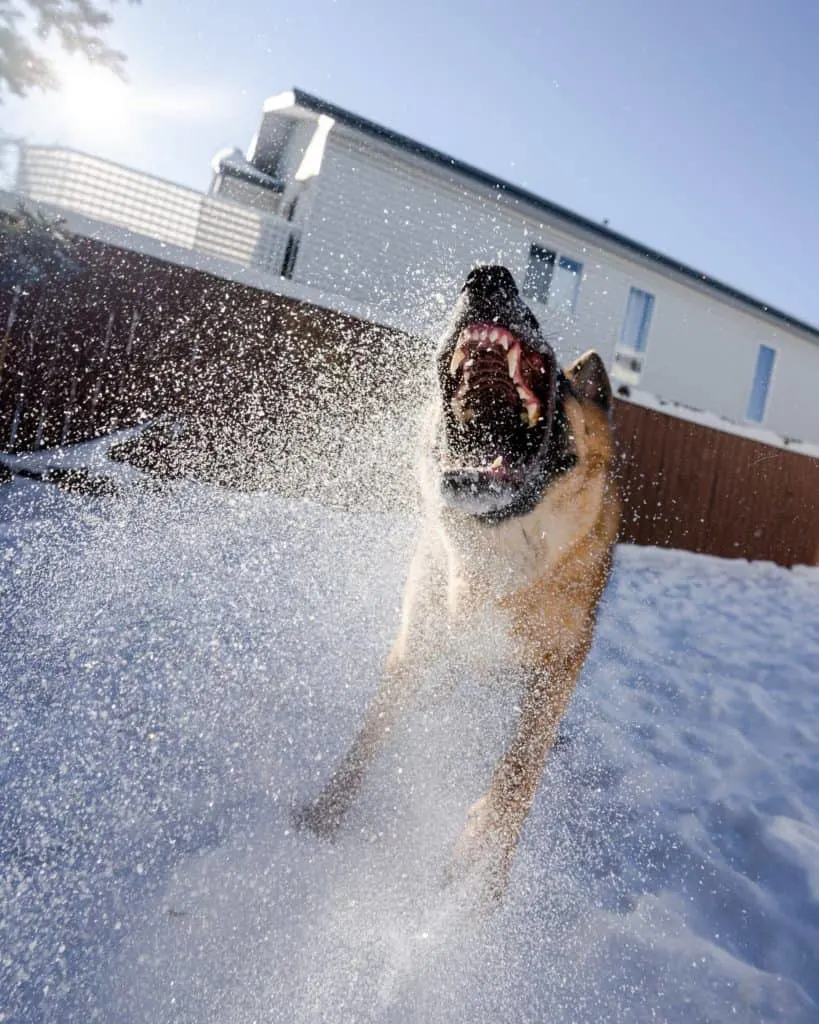
There’s No Such Thing As A Bad Dog
For the most part, the age-old adage that there’s no such thing as a bad dog and that the owner is always the root cause of a dog’s behavior is mostly true.
There are genetic elements that can play a role in aggression, which we’ll look at momentarily, but the way that any dog interacts with the world is almost entirely due to the way that they’re treated by their owners.
And, given how loyal and devoted to their owners they are, this is especially true of German Shepherds.
Shepherds learn how to behave around people, other dogs, and in the world when they’re puppies and the first formative year of their life can and does teach them everything that needs to know.
If a puppy is trained properly, treated with love and kindness and a firm sense of discipline, and taught how to socialize with other dogs and people, then they’re incredibly unlikely to even growl at another living creature unless they feel directly threatened.
If, on the other hand, they’re physically punished and abused, when they’re young then any dog will react accordingly.
Violence always begets violence, and any German Shepherd raised by the stick instead of the carrot and patience will have a propensity toward aggression.
It’s one of the primary reasons why it’s so important to take the proper time to ensure that you raise a puppy properly in the same way that you would a child, and why they need to be shown the right way to socialize and spend time with other dogs and people.
A well-raised German Shepherd will always be a good Shepherd.
Background And Breeding
Almost every reputable and Kennel Club registered breeder pursues the breed’s more desirable behavioral traits and instincts, which is why most German Shepherds are bred for their intelligence, obedience, and loyalty rather than aggression.
Physical health and strength are also important, and while no breeder wants to create an overly bellicose familial line, a degree of aggression in working dogs is a trait that they will actively chase.
When purchasing a puppy from a breeder, it’s important to discuss the possible future behavior the newest member of your family will exhibit and their bloodline, so that you’ll be prepared to cater to, and deal with any possible socialization issues that might arise at a later date.
If you’re looking to adopt rather than shop for a Shepherd, while you’re at the shelter, find out as much as you can about your new dog’s background, so that, again, you be prepared and ready to deal with any socialization issues that might trip you up along the way.
Dogs that are signed over usually have a fairly comprehensive background, and the more time the staff at the shelter have spent around, and with a dog, the more they’ll know about that dog.
It never hurts to ask a question, and the more that you know about your dog’s background and history, the easier it will be for you to help him settle into his new home and begin his new training regime.
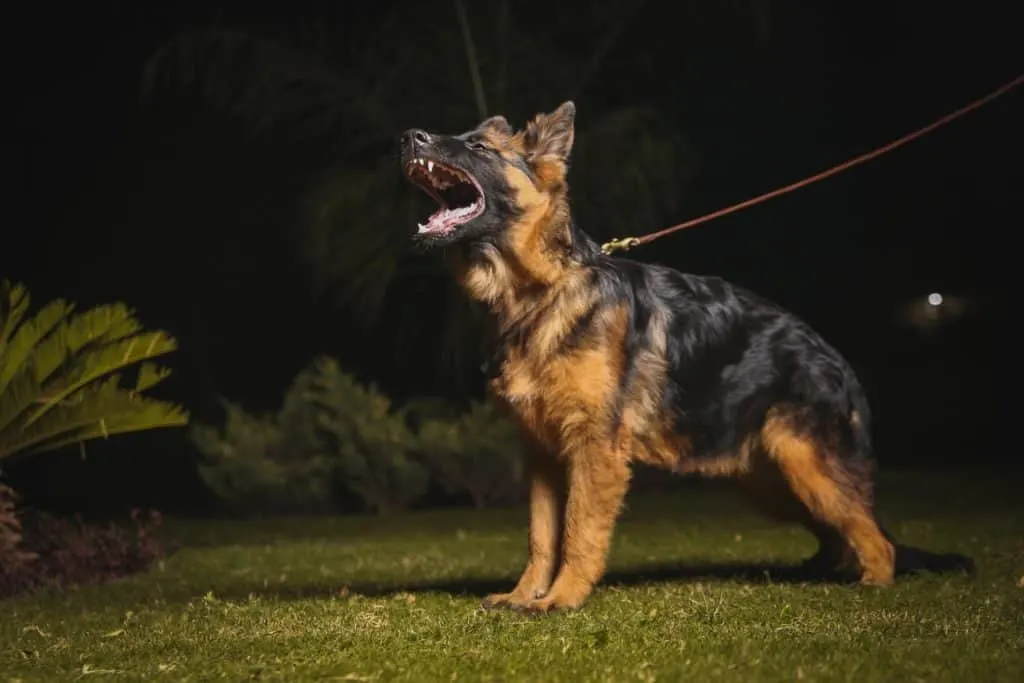
Will A German Shepherd Hurt You?
While the American Kennel Club classifies the German Shepherd as a medium to large dog, there’s no escaping the fact that most of them tend to be large rather than medium-sized dogs.
An under-socialized dog who doesn’t know how to behave around people might get overly excited when they jump up to greet someone and could easily knock them down and hurt them without meaning to.
Shepherds don’t have to be malicious or aggressive to hurt someone, which is why it’s important to teach them how to behave around people so that they don’t harm anyone by accident or design.
Age and ill-health can also play a part in whether or not a Shepherd could hurt someone, as older dogs, just like people can be grumpy and might not welcome any undue attention from strangers or other dogs and could become aggressive while trying to warn them to keep their distance.
And if a Shepherd is in any physical pain this could also cause them to be far more aggressive than they normally would, so it’s vital that you keep an eye on, and monitor your dog’s health, and warn anyone or any other dogs that might approach him that he won’t welcome their attention.
Signs Of Aggression
German Shepherds, like any other dog, won’t suddenly go from standing still to teeth bared, fighting mode unless they feel physically threatened and intimidated.
But even if they do feel like they have no choice but to step on the aggression accelerator, there are a number of clear warning signs and physical indicators that they’re about to make the transition from passive everyday dog into an animal that’s preparing to fight for its life.
And so you’ll know what to look out for, should you ever encounter a German Shepherd (or any other dog) that might be overcome by the urge to fight and engage in a physical confrontation, we’ve compiled a quick checklist of potential warning signs:
Tail – We all know that when a dog is happy, he’ll start to wag his tail, but if his tail starts to point toward the ground and goes between his hind legs, it means the exact opposite and is an indication that all isn’t well as far as the dog is concerned.
Statue Time – If a dog freezes and refuses to move, and directs all of his attention toward a single area or target, in his mind the dog is preparing to launch himself at or direct his anger toward whatever it is he’s focusing on.
Eyes And Ears – If his ears go back and flatten themselves against his head and his eyes go wide, a dog is probably preparing himself to enter the fray.
Flattening his ears is a way of ensuring that they don’t present a possible target and the widening of the eyes is a way of focusing all of his attention on whatever, or whoever he’s directing his rage toward.
Hackles Up – The hackles, or the hair, on the back of his neck and between his shoulder blades will stand straight up if a dog is being aggressive.
If this happens it’s a clear indication that the dog displaying this behavior is angry, scared, and aggressive and it’s time for you to either walk away or just leave him alone until he’s ready to calm down.
Bowing – Dipping of the head, or bowing isn’t always a clear sign of submission and in certain circumstances is a clear indication that a dog is about to give in to his fight or flight biological programing and has chosen the former rather than the latter.
Vocalization – The customarily accepted signs of canine aggression are growling and barking, both of which are clear warning signs, aren’t always employed by a German Shepherd in the same way that they are by other dogs.
They may choose to use them, they may not, but if a German Shepherd does growl and bark, that’s your cue to leave the area as soon as possible.
German Shepherd Aggression – What Not To Do And How To Diffuse The Situation
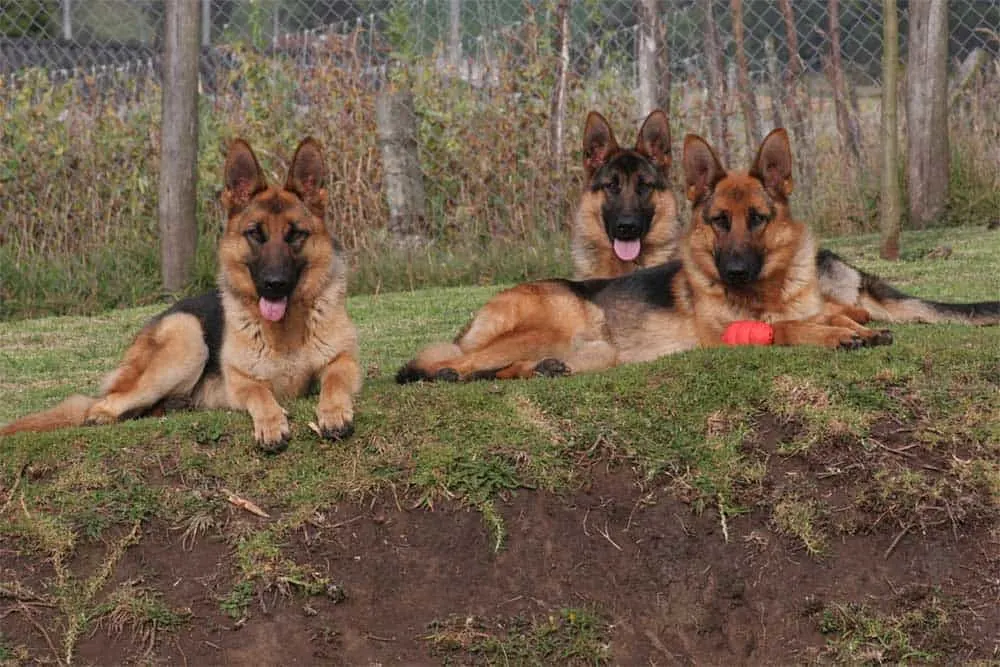
Canine aggression is, in a lot of ways, the same as human aggression and there are a number of ways to potentially avoid any conflict.
German Shepherds, like a lot of humans, rely on an alpha male, or “top dog” system of dominance and control, and by avoiding direct eye contact with a dog displaying any sign of aggression, you’re letting him know that you are not a direct threat to his position or standing within his own pack and have no desire to either challenge or fight him.
It might be enough to deescalate the situation, it might not but it will give you the time to prepare yourself for what might come next.
While staring away (or toward the ground) from the dog that is displaying obvious and outward signs of physical aggression, turn to your side, as you’ll need to reduce the size of the physical target that the dig in question has to launch himself at.
Turning to one side will also minimize the risk that the dog can inflict any damage on your torso and will protect the softer areas of your body.
It’ll also give you an opportunity to get your arms between the dogs and your face and neck should he decide to attack.
While keeping your arms as tight, and close to your body as possible, do whatever you can to ignore the dog and make him think that he is of no interest to you, and likewise that you are of no interest to him and pose absolutely no threat.
By reducing any potential danger that he might sense, or attribute to you, it might help to diffuse the situation, and when you feel comfortable to do so, slowly begin to move away from the dog.
Rapid movement could be seen as a sign of aggression by the dog, so moving slowly away from him will remove you from his immediate vicinity and help to prevent him from stepping things up a gear and engaging in a physical confrontation.
Here Comes The Big Dog – How To Deal With A Charging, Snarling German Shepherd
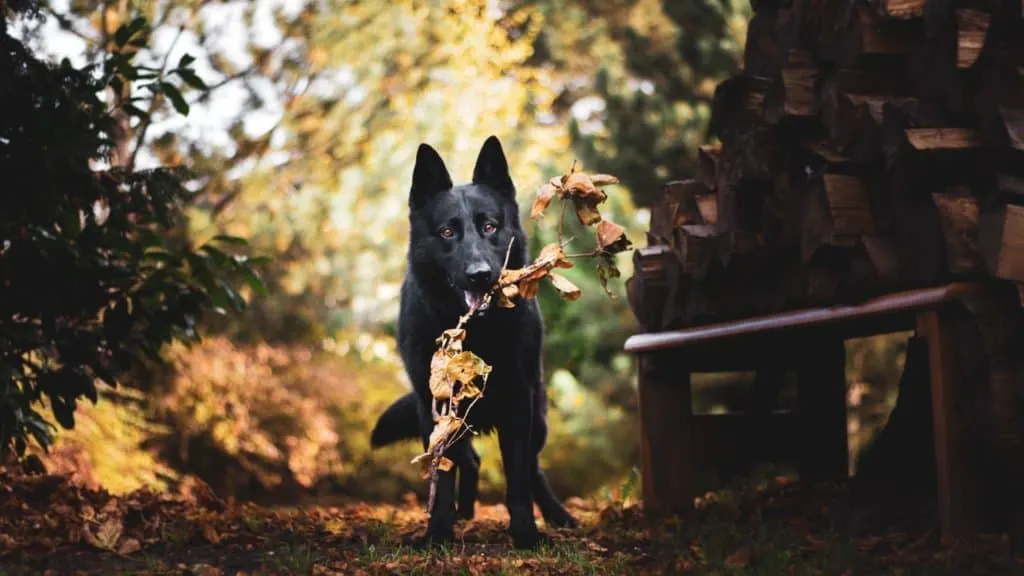
Fear is your biggest enemy and the one thing that will ultimately be your undoing if you ever find yourself coming face to face with a German Shepherd that’s charging toward you at full speed and making more noise than an F-4 Phantom.
Just because the dog is pounding in your direction at full volume, it doesn’t mean that he’s going to attack you.
He may be defending his “territory” and warning you to stay away from it, in which case, simply turning around and walking away might be enough to calm him down and defuse the situation.
It might be, but then again, it might not be. And if it isn’t, you’ll need to follow a few simple rules to try and get away from the dog and minimize the impact of the attack that he may or may not decide to make.
Don’t Panic – Fear is a biological magnet for a dog, and the more frightened you are, the more they’ll be able to sense it, which will make you a more attractive target.
As difficult as it might be, you’ll need to try and remain as calm as possible and not panic. Try to control your breathing.
Focus on slow, deep breaths, which will slow your heart rate and help you to control the inevitable adrenaline rush that’s part of the fight or flight response.
The less you panic, and the less frightened you are, the less interest that the dog will have in you, and the less inclined it will be to attack you.
Don’t Run – If you run, you’ll give the attacking dog a target to chase after, and the more the dog has to chase you, the more agitated and aggressive it’ll become, and the more likely it will be to attack you.
Stay as still as possible, and if you get the opportunity try to move away from the vicinity of the dog as slowly as you possibly can.
Slow movements won’t increase the possibility that the dog will attack you, but fast, panic-fueled movements will.
Be Calm, Be Quiet – Loud noises will only aggravate and panic the attacking dog and make it more aggressive.
Be calm, be quiet, and don’t provide any more impetus than the dog already has, or needs to see you as a possible target for its aggression.
Try To Put Something Between You And The Dog – If you can hide behind something, or use it as shelter before the dog reaches you, make every effort to do so.
Or, if there’s something close by or in your possession that you put between you and the dog and give it something to latch onto instead of you, do everything you can to put it between you and the dog.
It doesn’t matter what it is, as long as the dog has something to focus on that isn’t you, it should, and could, stop you from getting hurt in any possible attack.
Knocked To The Ground – German Shepherds are big dogs and there’s every chance that when it’s charging at you, it’ll knock you over.
If it does, again, try to remain calm and curl yourself into a ball, draw your knees into your chest and cradle your head and neck in your arms.
If the dog does continue to attack while you’re curled up, try to remain as still as possible.
Your arms and legs should protect the more vulnerable areas of your body and help to reduce the amount of physical damage that you’ll sustain during the attack.
And by staying still you’ll effectively be “playing dead” which should reduce the amount of interest that the attacking dog will take in you, and again, will limit the amount of physical damage that you suffer in the attack.
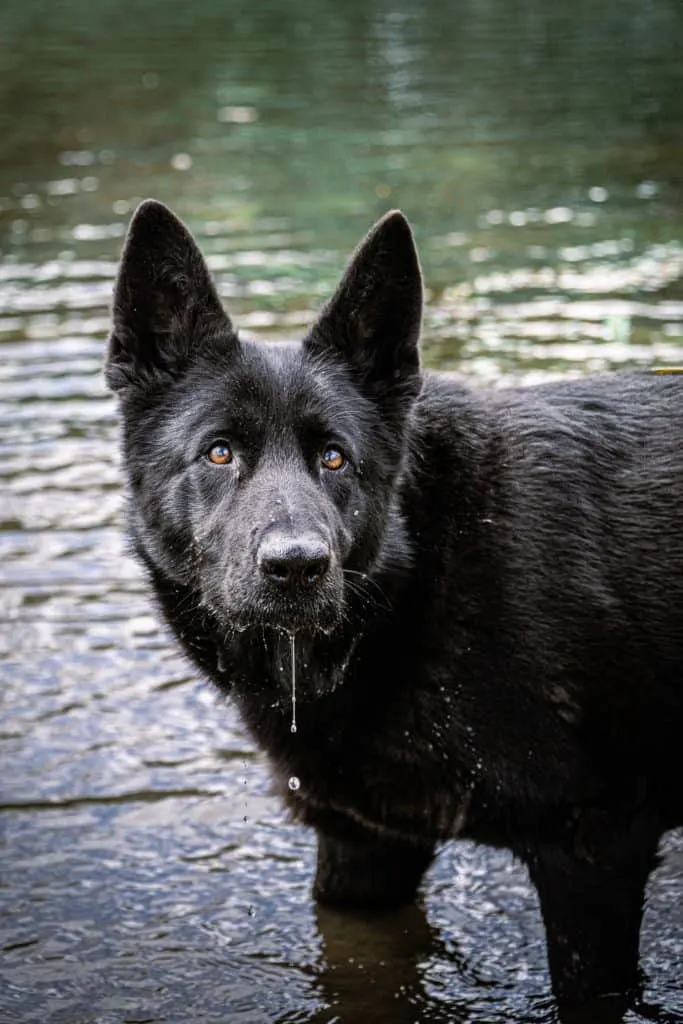
A History Of Violence – How To Stop A German Shepherd Biting
Biting is a behavioral trait that puppies learn while they’re playing and trying to make sense of the world, and while it’s relatively painless when German Shepherds are young and teething, it’s something that you’ll need to teach your dog not to do as soon as possible as they get older, as small nips can easily become big bites.
And as your puppy will become part of your house, and family before his parents have had the opportunity to teach him everything that he needs to know, it’ll be your responsibility to train him and ultimately eliminate that behavior.
It’s Never Too Late – Training Your German Shepherd.
German Shepherds respond well to training and obedience classes, regardless of how old they are, and prove that there is absolutely zero substance to the old wives tale that you can’t teach an old dog new tricks.
While you might be tempted to try and train your Shepherd by yourself unless you have previous experience it’ll be easier to enroll your dog in a training or obedience class.
It’s also important to remember that Shepherds, like all dogs, respond well to positive reinforcement and treat-based rewards when they get something right and should never be physically chastised or punished when they don’t master something straight away.
Positive reinforcement will help a Shepherd to understand what you want from them, while negative reinforcement will increase the chances that they might, at some point in the future, become aggressive.
Aggression Rears Its Ugly Head
Due to the intense bonds that German Shepherds form with their families, and the breed’s natural intelligence, there are two other factors that can lead to the breed developing an aggressive streak, but they’re both relatively easy to control if they do begin to appear.
Jealous Again – Shepherds form intense, inseparable bonds with their families, and any stranger whether that’s a dog or a person who they think is usurping their palace within the “pack” can become a target for their aggression.
That’s why it’s important to ensure that your dog is properly socialized and used to being around other people and dogs so that it doesn’t see them as a threat, and doesn’t become aggressive toward either.
Bored – Shepherds are naturally intelligent and thrive when given a purpose, so it’s important to make sure that your dog doesn’t become bored and always has enough stimuli to keep them occupied, whether that’s via toys, attention, long walks and adventures, or a combination of all four.
Boredom can easily manifest itself as aggression in German Shepherds, so it’s vital to ensure that it’s never allowed to set in your German Shepherds routine.
The Final Word
German Shepherds aren’t the aggressive dogs that rumor would have you believe they are, but all dogs can fall prey to it if they’re not properly trained and given the attention that they so richly need and thoroughly deserve.

















